On Sunday morning at the 50th San Diego Comic-Con, a panel took place to explore the history of the Friends of Lulu, an organization that has had ties to conventions since its inception and boasts a legacy that changed the face of comics.
Appearing on the panel were many of the founding members of the organization. In addition to working in many other capacities in the comics industry, Jackie Estrada has been the administrator of the Will Eisner Comic Book Awards since 1990 and was an original board member of the Friends of Lulu, in addition to serving as the group’s president for five years. Editor-in-Chief of The Beat Heidi MacDonald, who previously worked as the editor of Disney Adventures Magazine, was the instigator of many of the Friends of Lulu’s nascent activities. Artist Lee Marrs (The Further Fattening Adventures of Pudge, Girl Blimp) was involved in much of the group’s presence at conventions.
Liz Schiller, who worked with publisher Strawberry Jam Comics and was part of the Comic Legends Legal Defense Fund, wrote the articles of incorporation for the Friends of Lulu in addition to serving on the group’s board and as president. Writer and comics historian Trina Robbins described herself as one of the “founding mommies” of the organization (crediting MacDonald as “the founding mommy”). Anina Bennett is a writer of illustrated books and comics who had been an editor at Dark Horse when the Friends of Lulu was formed.
The panel was moderated by Alexa Dickman, who previously ran the website Ladies Making Comics, and became excited about the Friends of Lulu after purchasing a collection of the organization’s newsletters on eBay.
Do women read comics?
Even if you haven’t heard the name Friends of Lulu you’ve seen some of the effects the group achieved during its active period. The initial organization occurred in response to the state of the comics industry in the early 1990s.
“There were women in comics but they just weren’t noticed then,” said MacDonald.
Direct sales comic book stores had contributed to a landscape that was unfriendly to women who create and read comics. Robbins mentioned Wimmen’s Comix, an all-women anthology that had been running since 1972 but printed its final issue in 1992.
“What killed it was the direct sales comic book stores,” said Robbins. “They would not carry anything that had anything to do with girls or women.”
Origin of the Friends of Lulu
At WonderCon in 1993, which at that point took place in Oakland, California, the founders handed out fliers and arranged a meeting of women in comics at a coffee shop across the street from the con. The attendees were asked what major roadblocks they faced in their careers, and patterns began to emerge.
The name itself was as a playful rebuke of the notion that women didn’t read comics: Little Lulu was a character created by a woman whose comic routinely showcased her adventures outsmarting the boys, who had a “No Girls Allowed” sign on their clubhouse.
Who were among the Friends of Lulu?
Initially, there was some debate over whether to limit membership in the group to women. However, since the organization’s main goal was inclusiveness – and because they wanted to get as many people as possible in the group in order to bolster the organization’s potency – it was determined that anyone who wanted to further the group’s mission would be admitted.
Attempts to introduce comics that appealed to women were met with resistance, as well as the insistence that “women didn’t read comics,” even when addressing women who plainly did just that. The mantra became a self-fulfilling prophecy, as publishers refused to publish comics targeted toward women because women didn’t read comics, and women had less interest in reading the comics they did publish, like those in the “bad girl comics” genre, which were meant to appeal to adolescent males.
The idea of making membership in the group exclusive to women was ultimately rejected, affording the group a better chance of making significant headway in its goal of increasing the number of women creating and reading comics. While Robbins said that she had advocated for the group to admit only women, she nevertheless admitted that she would have made at least one exception: Neil Gaiman. (Ultimately, Gaiman purchased a lifetime membership to the Friends of Lulu, so he technically remains a member today.)
Convention Appearances
Attending comic conventions was a key element of the early progress made by the Friends of Lulu. While tabling at conventions, members of the group asked women attending to tell them what about their reading preferences. Because the foundation for change is data, learning this information was essential for making progress in increasing women’s interest in comics. They also printed bookmarks that included comic reading recommendations.
Several panelists praised Comicon for their support and inclusivity, and their efforts to make sure that the group felt welcome at conventions. However, there were instances in which the atmosphere at a convention seemed less welcoming. One example was “Booth Babes,” a phenomenon that reached its height during the 90s and involved hired models in provocative clothing making appearances at convention booths in order to attract customers. However, the Friends of Lulu booth offered women visiting the convention an antidote to these unwelcoming marketing strategies.
“I really, really enjoyed personing the booth,” said Marrs. “To have little girls and have teenagers come up and you could see that this was a booth that was aimed at them, and so they could see themselves in the booth.”
At later con appearances, the Friends of Lulu responded to repeated inquiries about portfolio reviews by adding this to their appearances.
How to Get Girls (Into Your Store)
The Friends of Lulu discovered that many comic retailers felt at a loss as to how to draw more women into their stores. In 1997, the Friends of Lulu printed a retailer handbook called How to Get Girls (Into Your Store) that was edited by Deni Loubert and was distributed to shops thanks to Diamond. Chapters included “Why Sell to Women, Parents, and Children” and “Doesn’t She Know This is a Comic Shop, or: How to Treat a Customer.”
The handbook offered a plethora of advice on the topic, such as how to display product to make it more marketable and tips on making shops more welcoming to women (such as removing the large-breasted cardboard cutout from the front window). The handbook featured a foreword by Gaiman and art based on a drawing that comic artist Mary Wilshire had included on the envelope of correspondence with the organization.
Lulu’s Clubhouse
The Friends of Lulu also printed a paper newsletter called “Lulu’s Clubhouse.” The newsletter, which Estrada edited until 2009, was printed in colorful ink and featured articles on everything from panels asking if graphic novels were a trend to reports on trips to Japan for conventions. Later, the organization introduced an email version of the newsletter.
The Lulu Awards
Another endeavor undertaken by the organization was the Lulu Awards, which recognized women in the comics industry before other awards could be bothered. Robbins commented on how encouraging it was to receive awards for her work, which she sardonically said was “beneath the dignity” of the “guy-oriented mainstream” award ceremonies to recognize.
Given that there is currently no comic award that is dedicated exclusively to women, there has been some discussion among the founders of the organization of reviving the Lulu Awards.
Legacy of Lulu
The legacy of the Friends of Lulu can be seen in the variety of comics available today, and the general increase in inclusivity at comic conventions everywhere. Bennett is currently writing an article about the history of the organization, and her research has revealed the significant ripple effect the efforts of the Friends of Lulu had on the industry.
“We are working to pull together archives of this material so that it can be preserved because a lot of it has been scattered to the winds,” said Bennett. “We’re probably going to work with San Diego State University and one of their wonderful librarians this year to develop a university library archive of Friends of Lulu material.”
Schiller concluded the panel by remarking, “If you want to make change, work together.”


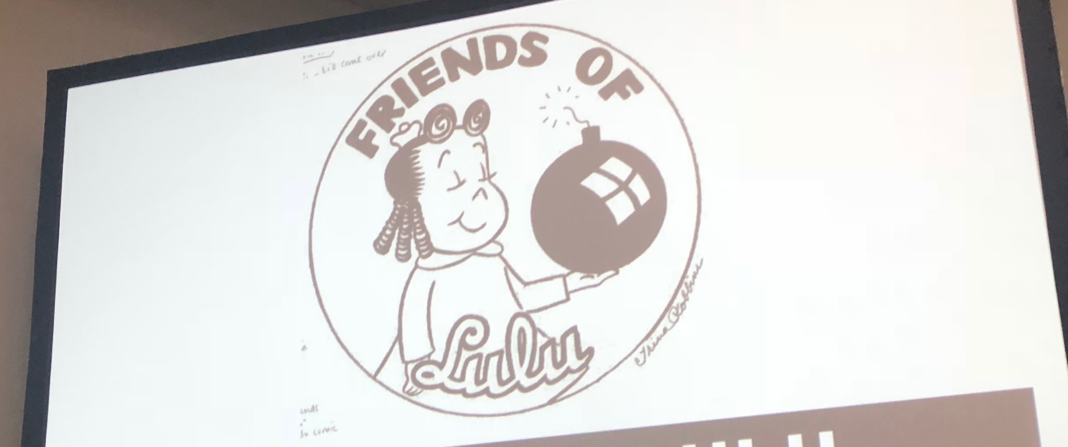
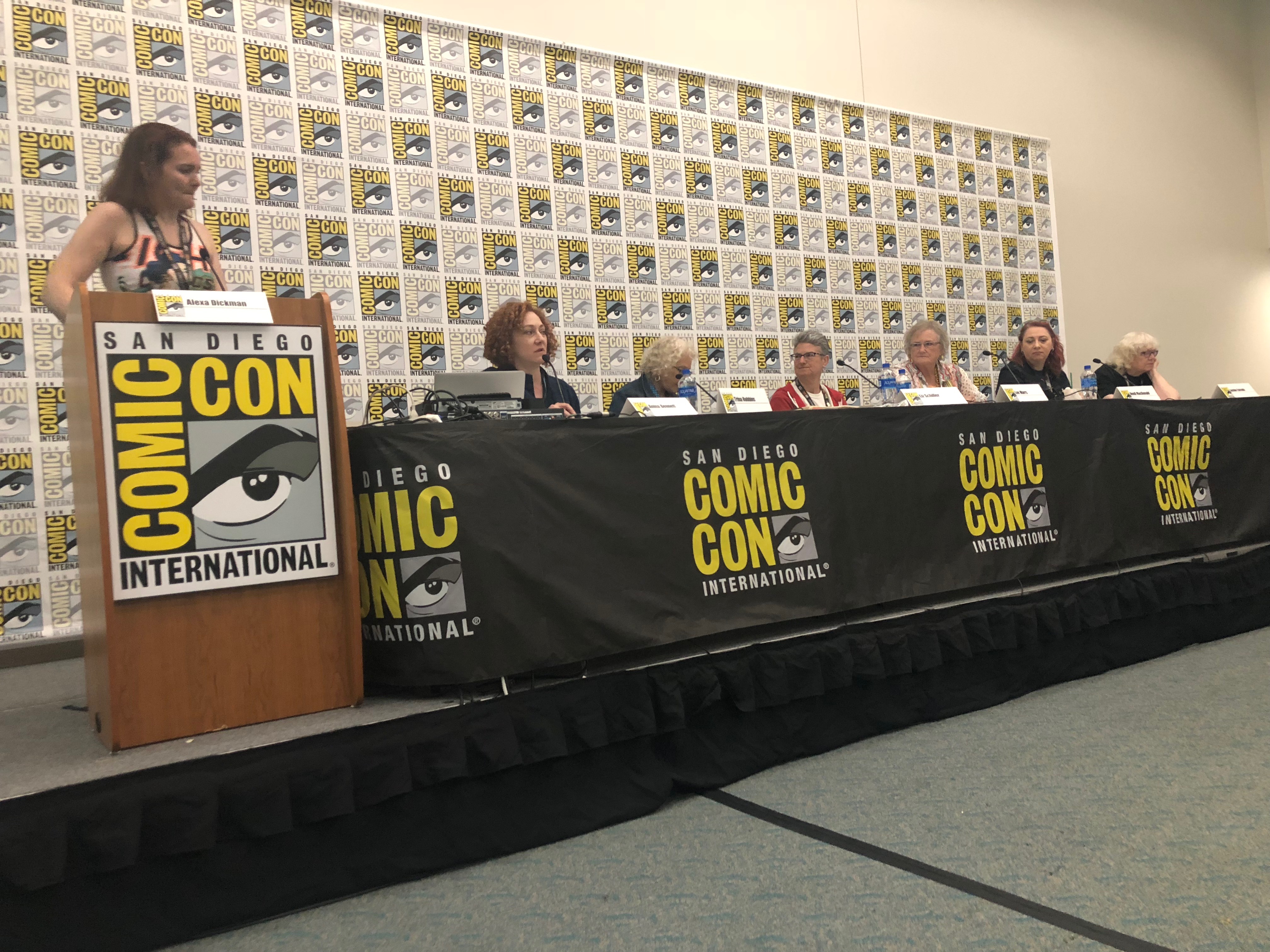
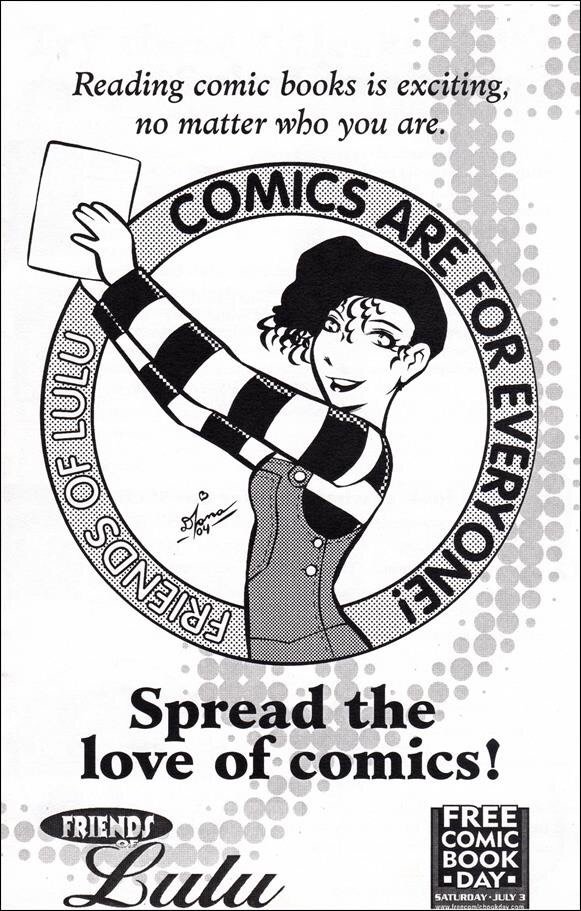
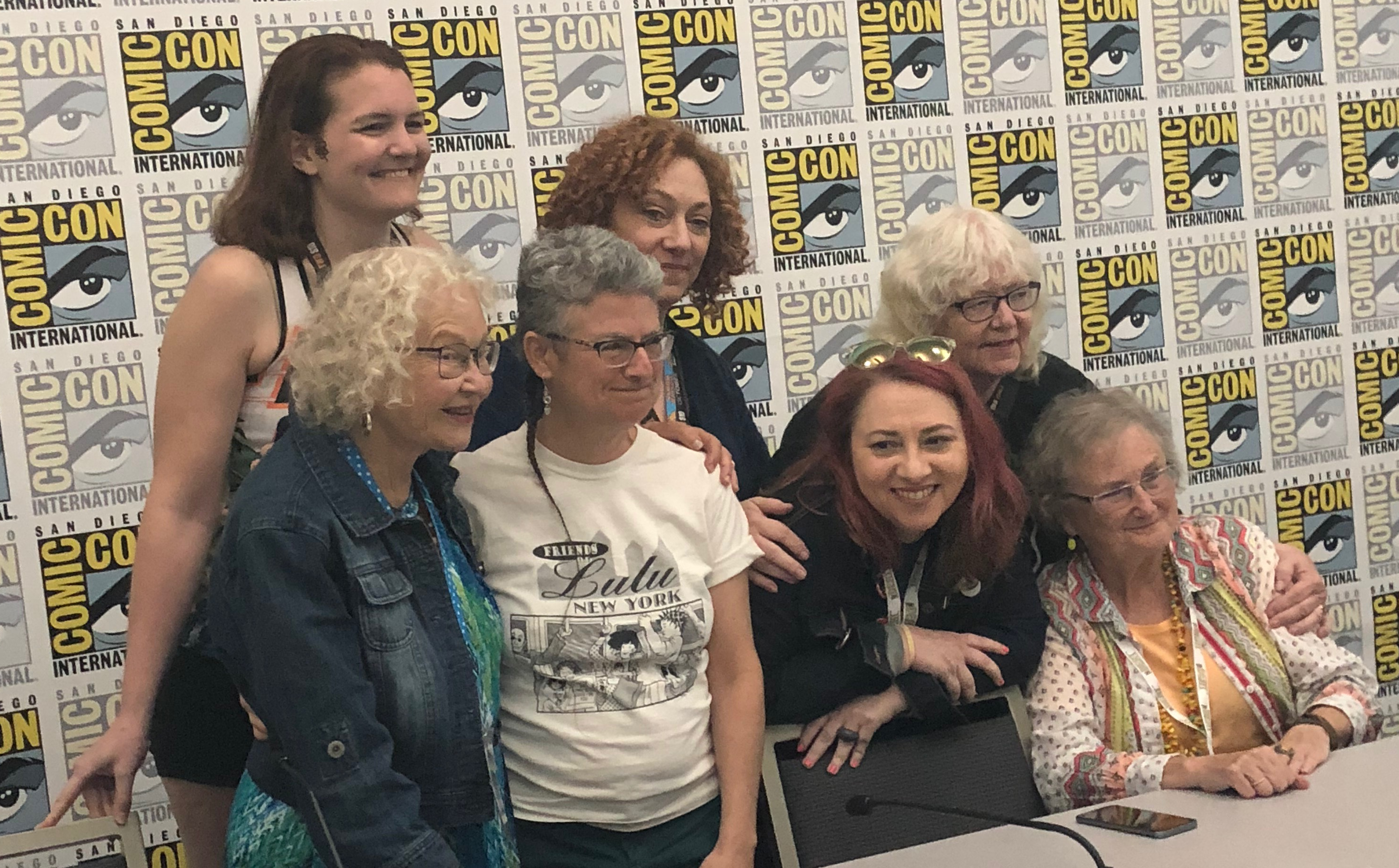

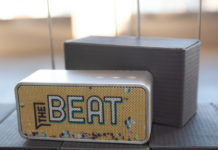
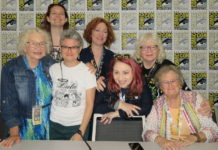



Oh, I would so loved to have been there!!
Thanks for this. FoL may have petered out at the end of its run as a non-profit organization, but that makes it all the more important to preserve the record of its achievements and influence from its earlier days.
Comments are closed.